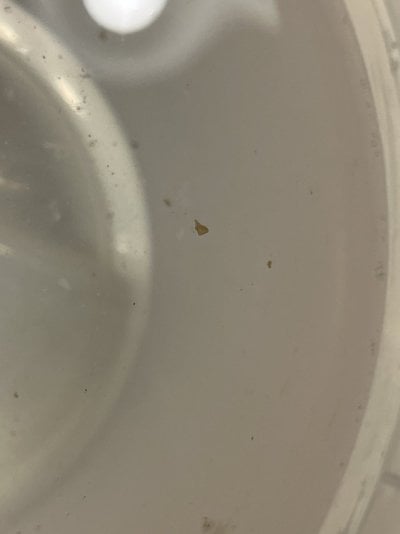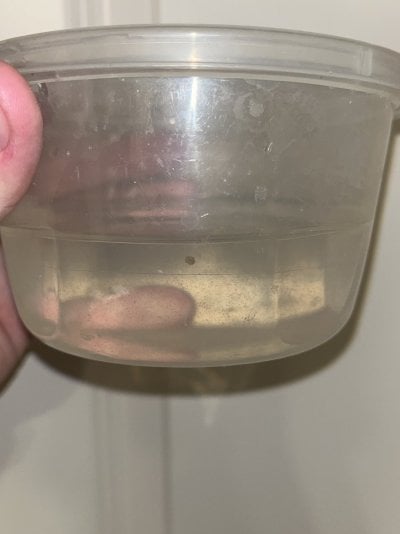Hi all, just recently found flatworms in my large frogspawn colony. Dipped it and about 7-8 small flatworms popped off. Inspected after it was back into the tank and nothing. I wake up this morning to check and now I see them on my green octospawn. Was curious how others approached this fix and whether or not they are super harmful to my eyuphellia. The tank is full of just hammers, torches and frogspawn. For reference it is a 22 gallon display with a 12 gallon sump and two aggressive clownfish. Pictures below for reference.





























